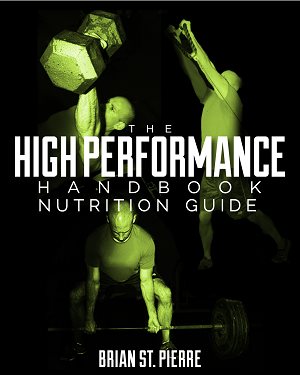How to Buy Olive Oil
Filed under: Nutrition
I am a firm believer that humans should minimize most vegetable oils in our diets. I believe them to be detrimental to health, as they contribute enormous amounts of omega-6 fatty acids at the expense of omega-3 fatty acids, at ratio’s never before seen in human history.
These oils: corn, cottonseed, safflower, soybean and sunflower are not potent fat sources (who eats corn and worries about its fat content?), so how is a substantial amount of oil extracted from them? I am glad you asked. To concentrate the oil and make it usable, it has to be exposed to high heat, degummed, refined, bleached, deodorized, and more to produce a clear oil with a long shelf life. These oils are now devoid of the polyphenols that provide antioxidant protection for the easily oxidized polyunsaturated fats.
Sounds delish! These oils are a food product, not a food.

There are exceptions, and that’s what I really wanted to talk about today: a vegetable oil that almost everybody is already consuming, olive oil. Olive oil is a tremendous food, but I don’t really want to discuss its health benefits as I think we all know those, instead I wanted to cover more of a what-t0-look-for when you are purchasing, as it is more complicated than you might think.
Olives have been consumed for roughly 10,000 years, and made into oil for probably 6,000 (nobody knows the exact dates). Regardless of the exact time-frame, this is clearly a food and an oil that we have been consuming for a long time.
Industrial seed oils like corn, cottonseed, safflower, soybean, and sunflower were never a significant contributor to the human diet until the past 50 years, so why should they be now? Because they’re cheap, that’s why, but I digress. Olive oil does not require any of that above-mentioned harsh processing to extract its oil. In fact, you can just squeeze an olive and oil comes out! Unfortunately the production of olive oil isn’t as simple and rosy as one might think.
The problem is the olive oil industry is pretty much as corrupt as it gets. Italy is known as the mecca of olive oil, there is just one problem: much of the olive oil “from” Italy that we have here in the US is actually made in other countries, and just bottled in Italy. This maybe doesn’t seem so bad on the surface, but these oils are of inferior quality, are often not of the grade claimed on the bottle, and are sometimes oils from other sources mixed with chlorophyll to make it look live olive oil. You probably are not getting what you pay for.
Where is the regulation? There is a regulatory agency in Europe, the International Olive Oil Council (IOOC) that regulates quality and labeling. There is a problem however. The US is not part of the IOOC.
While the US refuses to join the IOOC, the USDA does not regulate the market either, so the quality of the olive oil sold here is almost anyone’s guess. However, the US does have a private equivalent to the IOOC, the California Olive Oil Council (COOC). The COOC ensures purity, freshness and origin of the oil. The COOC also requires that the oil have less than 0.5% acidity, which is a measure of damage to the oil, and actually exceeds IOOC standards. The COOC labels oils it approves of, and I give them my highest recommendation.

Look for the COOC label on the next bottle of extra virgin olive oil you buy. It may cost a few bucks more, but at least you know exactly what you are getting.
Check out the BSP Training & Nutrition Newsletter!
You will get immediate access to:
- Weekly updates and exclusive content.
- The 20-page report "The Truth About Saturated Fat & Cholesterol."
- Become more awesome!
Posted on January 20th, 2011 by Brian St. Pierre
3 Comments




January 20th, 2011 at 5:52 pm
How about canola oil?
February 25th, 2011 at 4:04 pm
[...] ever found yourself standing in front of the shelf in confusion you take a moment to read this Brian St Pierre article. Hopefully you’ll feel more ready to deal with the decision [...]
November 8th, 2016 at 8:29 pm
Great article but it didn’t have evetirhyng-I didn’t find the kitchen sink!